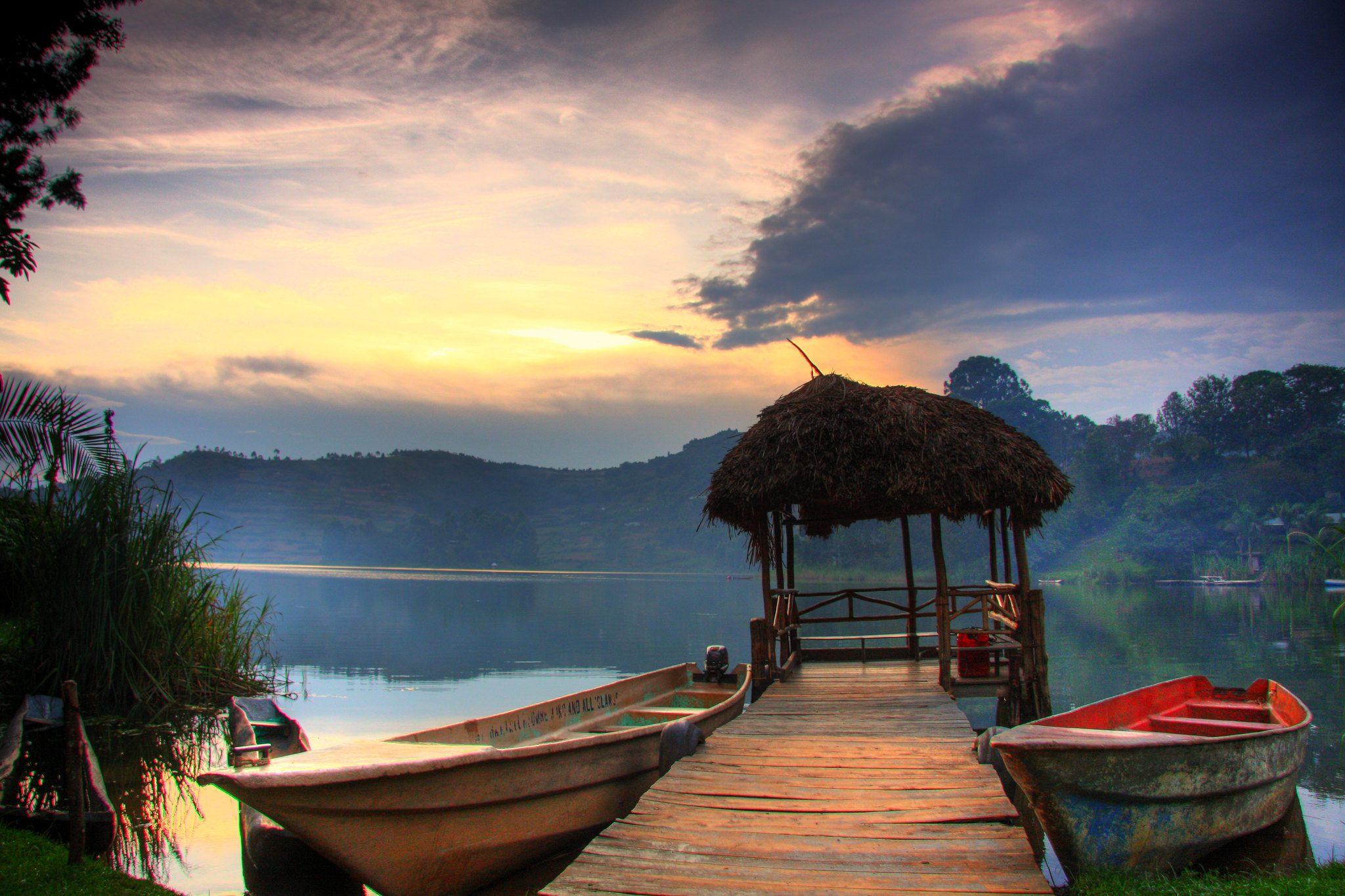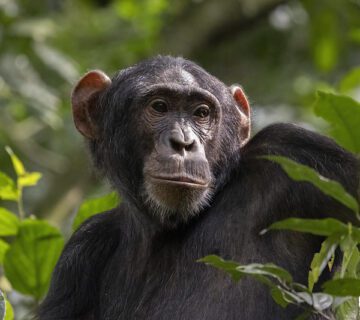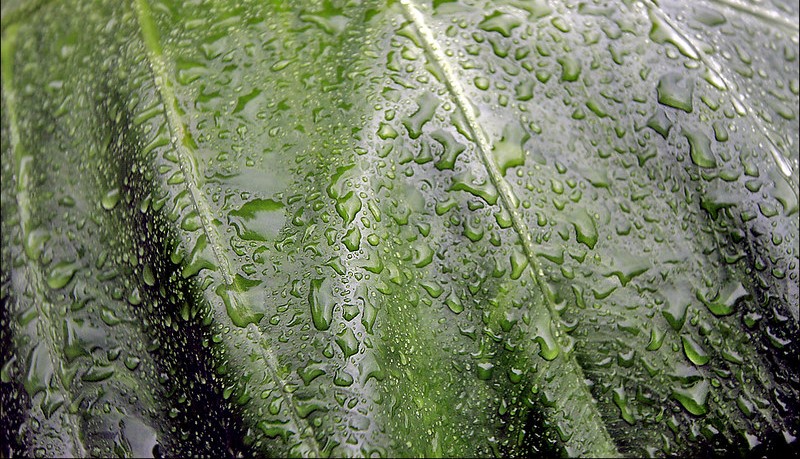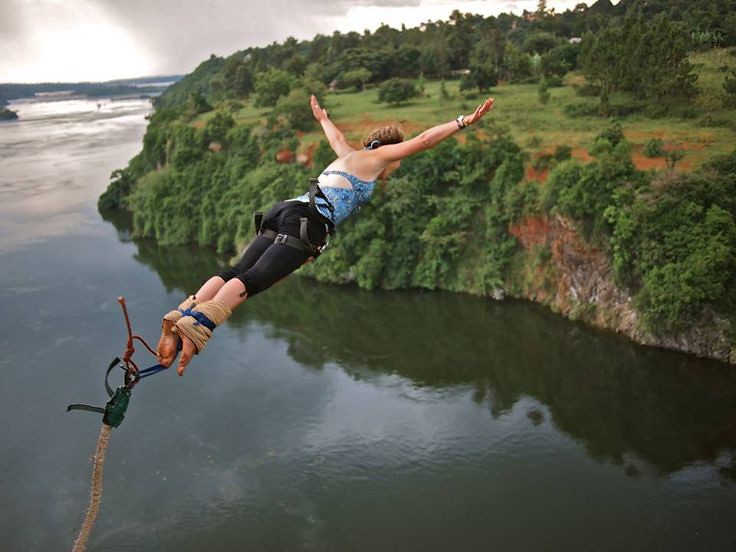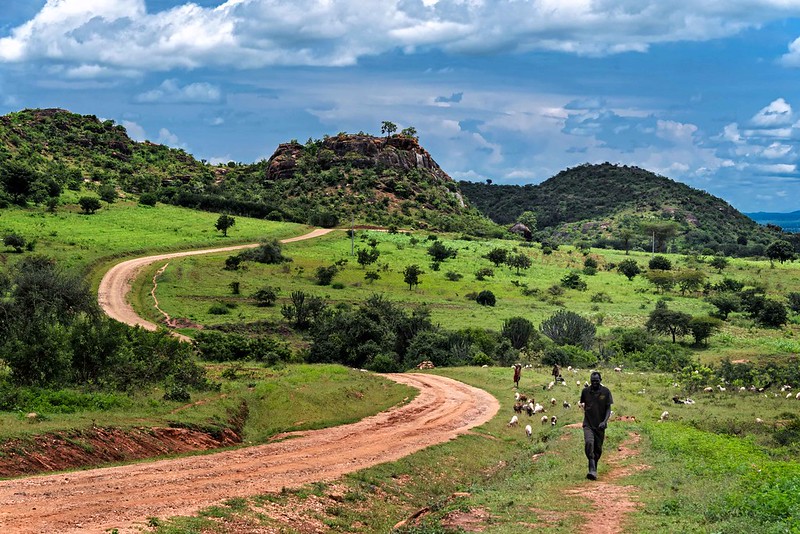A photographic safari in Uganda is a once-in-a-lifetime opportunity. Abundant animal watching, long days, distinct habitats, changing weather, and varied geography all provide unique and exceptional prospects for a memorable photographic experience. Today, many people participate in these safaris since it is one of the finest methods to capture and preserve safari memories to share with friends and family back home or for future reference.
Photographic safaris in the Pearl of Africa are for all levels of photographers, whether amateur or professional; what matters is that you have the greatest experience possible on your Uganda safari tours. Because there is so much to see and do in Uganda, your safari is tailored to your specific interests.
Although most photographic safaris focus on wildlife and physical aspects, you may also visit other locations of interest, such as historical, cultural, and religious institutions. When planning a photographic safari, you will need determination, preparation, patience, and a guide who knows just where you should position yourself to shoot the greatest images. Hire a car that has adequate capacity for the photographic equipment.
We have included some of the most beautiful sites in Uganda where you may have unforgettable experiences during your photography safari below.
Murchison Falls National Park
This park is a must-see for anybody considering a photography safari since it has so much to offer. This park is the largest in Uganda, encompassing 3,893 km2, and was gazetted in 1952. It is home to the world’s strongest waterfall, Murchison Falls, where water thunderously roars into the Devil’s Cauldron via an 8-meter-wide valley, creating a stunning rainbow. The park is separated into two sections: the northern bank, which is covered by savannah grasslands, riverine forests, and acacia trees, and the southern bank, which is mostly covered by forest and woodland patches.
Photographers may get breathtaking wildlife images of lions, buffaloes, elephants, warthogs, Antelopes, Nile Crocodiles, Hippos, Leopards, and other bird species. Hot air balloon safaris, wildlife drives, hiking, nature walks, birdwatching, and launch cruises to the delta or the bottom of the falls are all available while in the park. Night game drives are also available at this park. Whatever activity you choose, you will have a great time, and, more importantly, you will snap the greatest images. This park has been utilised in the making of films such as the 1951 film African Queen, starring Humphrey Bogart. Famous people who have visited this park include Theodore Roosevelt, Winston Churchill, and a number of British royals.
Kibale Forest National Park
Kibale Forest is home to around 13 primate species, including L’Hoest’s and red-tailed monkeys, baboons, red colobus, bush babies, blue monkeys, mangabeys, pottos, and about 1500 chimpanzees. It is located in Uganda’s western region. It also has over 370 bird species, 70 animals, a variety of insects, and other tree and plant species. Buffaloes, duikers, elephants, antelopes, bush pigs, otters, and gigantic forest hogs are among the various wild creatures present in this area.
The park contains wonderful expanses of tropical forest, marsh vegetation, and grasslands, making it more picturesque. Photographers can participate in a variety of activities, such as chimpanzee tracking or habituation, outdoor excursions, birdwatching, and research. There are also gorgeous Carter Lakes surrounding the park that may be accessed on foot and are quite beautiful.
Kidepo Valley National Park
Despite being the country’s least visited national park, CNN named it one of Africa’s most beautiful. It is located in the north-eastern part of Uganda, and visiting this park during your photography safari will reward you with incredible views of the Narus and Kidepo valleys, the beautiful culture and history of the Ik people, an indigenous tribe, and the shadows of the Morungole Mountain.
Aside from the stunning scenery, the park is home to a variety of animal species, including over 5,000 buffaloes, lions, elephant herds, and, on occasion, cheetahs and ostriches. Many visitors are turned off by the park’s location, but spending the time and money to get there is worthwhile since you will encounter what many refer to as the “true African wilderness.” This park may be reached by road, which takes around 12 hours, or by charter airplane, which is quite expensive.
Bwindi Impenetrable Forest National Park
This park was designated as a UNESCO World Heritage Site in 1994. It is located in southern Uganda, and its foggy hills are covered with one of the most diversified and ancient rainforests in the world, dating back over 25,000 years. It is home to about 400 mountain gorillas, which account for half of the world’s remaining population, and the major activities here are gorilla trekking and gorilla habitat.
In addition, it is home to around 350 bird species, 120 animals, 27 frog species, 202 butterfly species, 346 tree species, and 400 plant species. Whatever your hobbies are, you have everything you need to shoot images. The park also features breathtaking waterfalls, not to mention the beautiful Batwa tribe, which has a rich culture with plenty to study and participate in. In other words, Bwindi should not be overlooked while considering photographic safaris.
Queen Elizabeth National Park
This park is a must-see for every photographer. The park is one of the most visited destinations in the country, with different habitats such as beautiful lakes, wide savannas, humid woods, and wetlands that make it ideal for photography. It is home to approximately 600 bird species, 10 primate species, including chimpanzees, and large wildlife like lions, buffaloes, elephants, forest pigs, leopards, hippos, and antelopes, among others.
The park also provides breathtaking vistas of the Rwenzori Mountains, rolling hills, massive crater lakes, the Kazinga Channel, which has stunning banks filled with elephants, buffaloes, and hippos, and the superb Ishasha Plains, which are home to Climbing Lions. This park also allows tourists to visit many local communities with a fascinating cultural past and participate in activities such as dance, music, and storytelling.
Semuliki National Park
Semuliki was created as a game reserve in 1932, but it was later designated as a national park in 1993. This park is mostly dominated by the Congo Basin’s Ituri forest, which is estimated to be 13,000 to 18,000 years old. It is home to around 441 bird species and 53 animal species.
The park sprawls across the Semuliki Valley floor in the far western Rwenzori area. The Semuliki Valley is home to a multitude of attractions, including the Sempaya Male and Female Hot Springs, which are among the most picturesque features in the park. The Semuliki River is also a lovely little counterpart of the Congo River. As you go throughout the park taking photographs, you may see many animal species, such as buffaloes, crocodiles, forest elephants, chimpanzees, hippos, several types of monkeys, bay duikers, and target rats, among others. You may also visit the nearby villages, such as the Batwa pygmies, a magnificent indigenous group with a rich history and culture.
Lake Mburo National Park
This is the country’s smallest national park, offering spectacular scenic views that may be enjoyed on a game drive, nature walk, boat trip, or horseback ride. The park is a four-hour journey from Kampala, making it one of the country’s most easily accessible and picturesque sites.
The Savannah Plains, rolling hills, lovely lakes, and metamorphic rocks dating back 500 million years are not to be missed. The park also has over 350 bird species and various animal species such as giraffes, eagles, buffaloes, zebras, oribis, leopards, hippos, topis, reedbucks, defassa waterbucks, and many more.
Lake Bunyonyi
This lake is reported to be the deepest in the country, with depths ranging from 44 meters to 900 meters. It is located in the southwest and is one of the most picturesque lakes in the country. It is a pure-water lake with a breathtaking landscape, featuring terraced hills surrounding it. Not to mention the most spectacular 29 islands, some of which can be reached by motorized canoe and about which incredible legends may be heard. Lake Bunyonyi is roughly a 7-hour trip from Kampala or a 2-hour journey through Rwanda. Take as many shots as you like, and if you are a skilled swimmer, you may enjoy it here because the lake is free of bilharzia.
Lake Mutanda
Lake Mutanda is a freshwater lake surrounded by stunning mountain scenery, including the breathtaking backdrop of Virunga Hills. It is located in the southern section of Bwindi, in the southwest. Any photographer should not miss out on the opportunity to snap at a beautiful lake.

